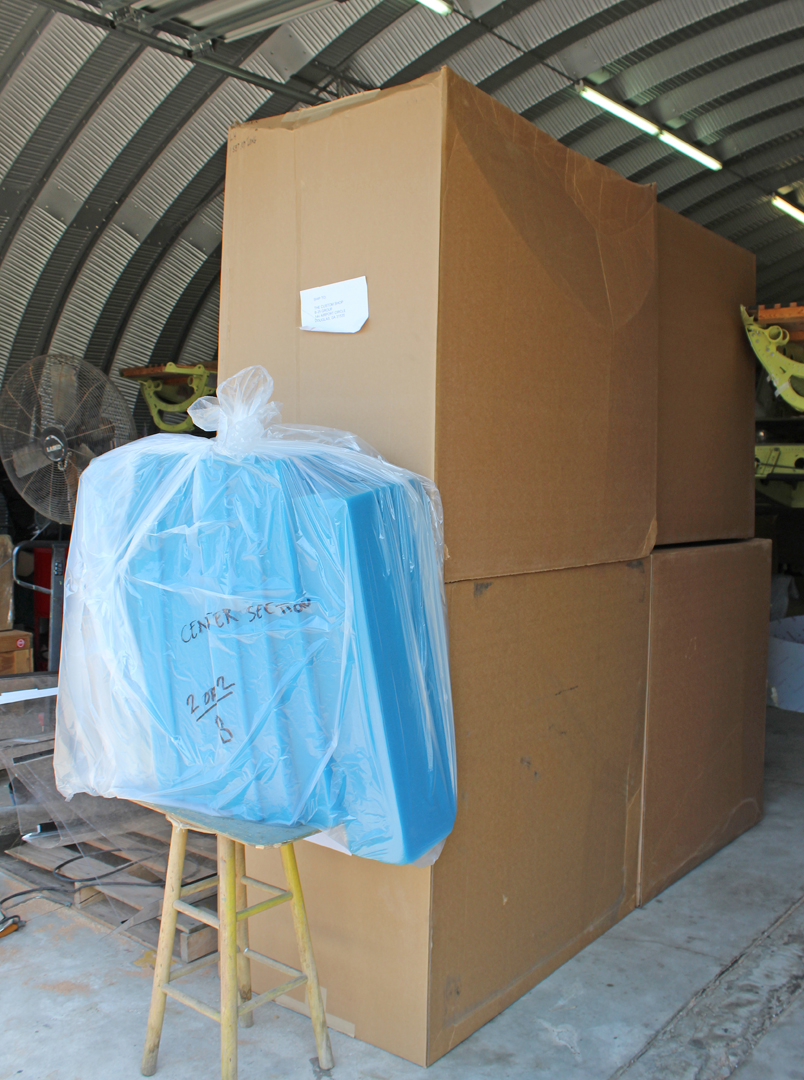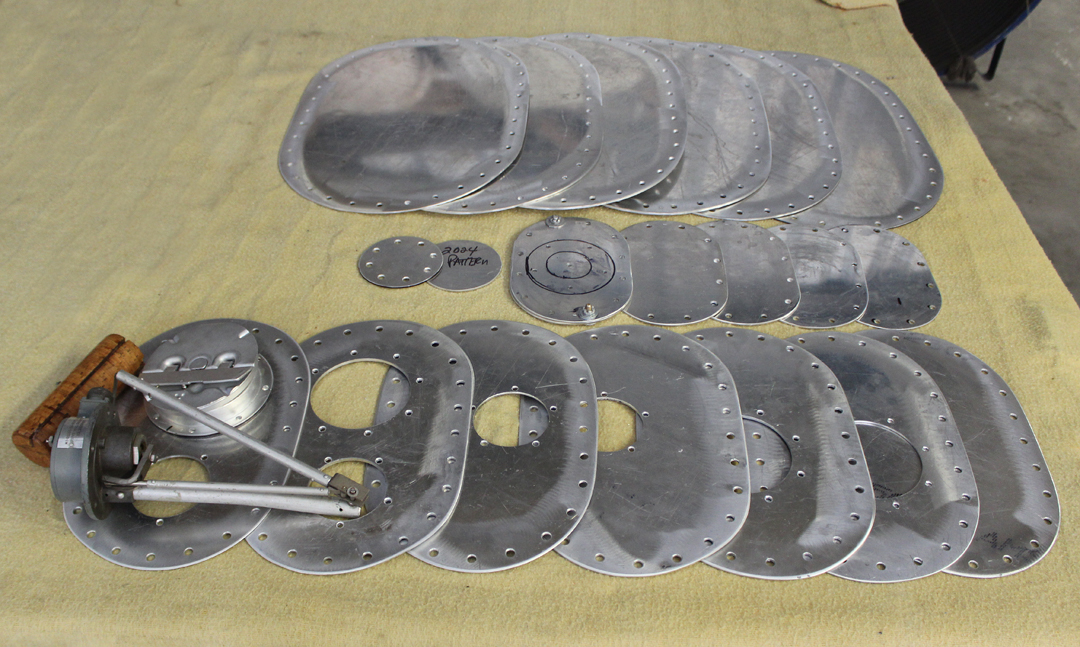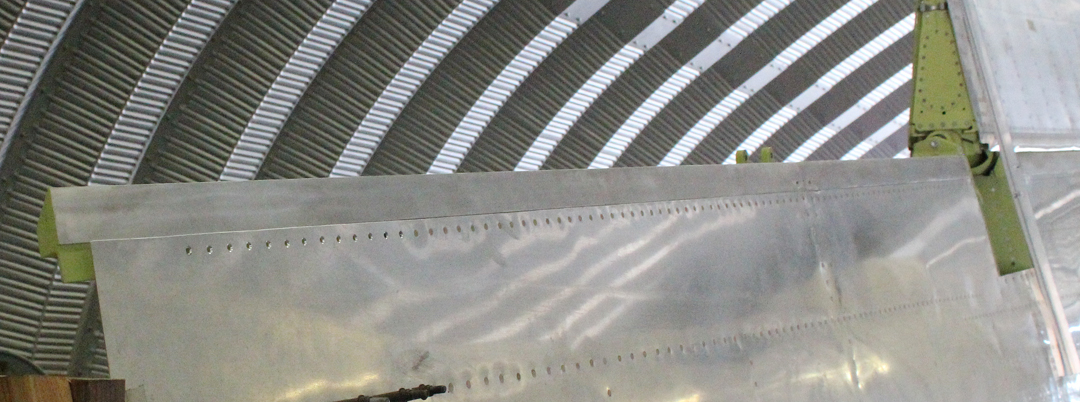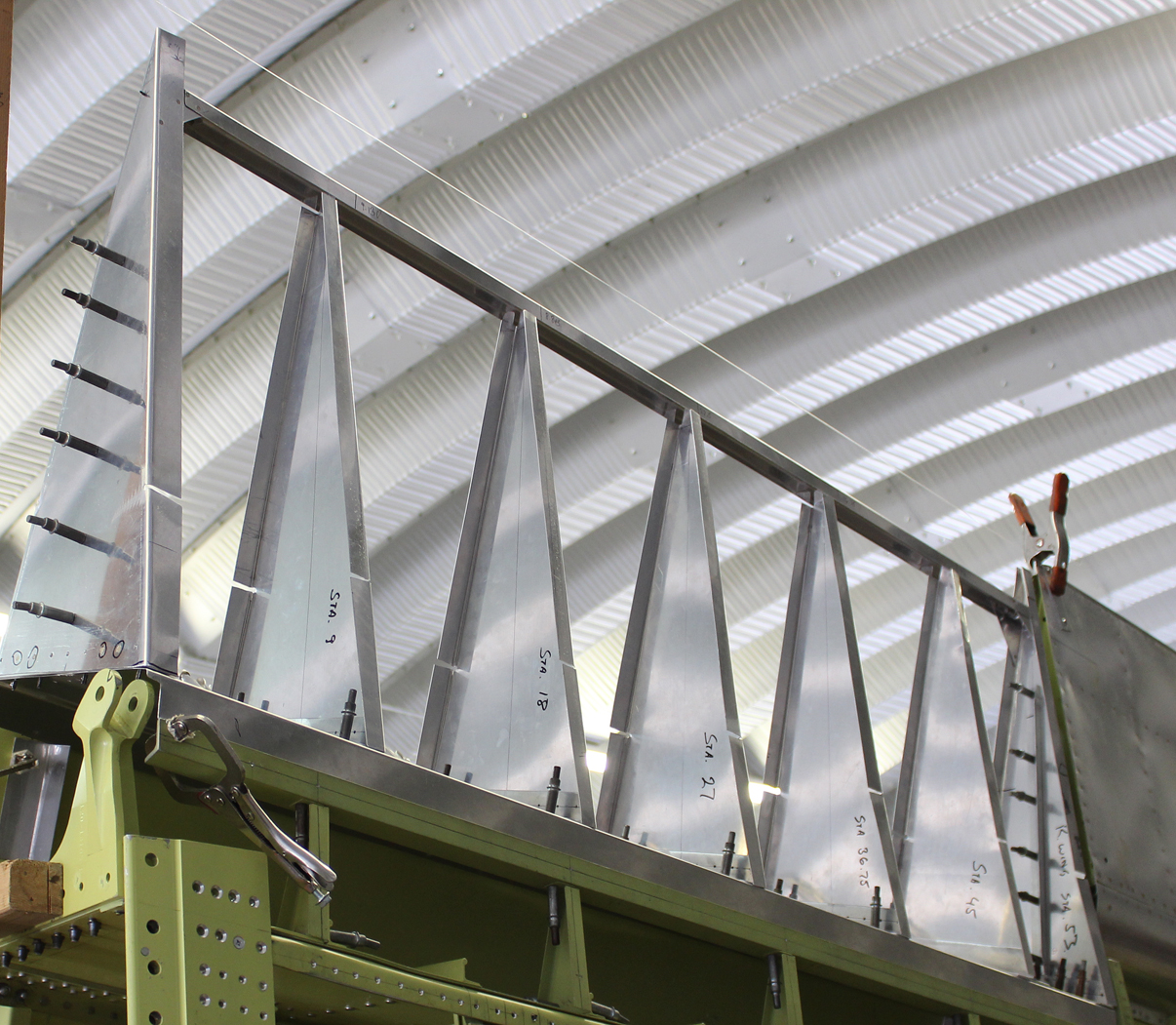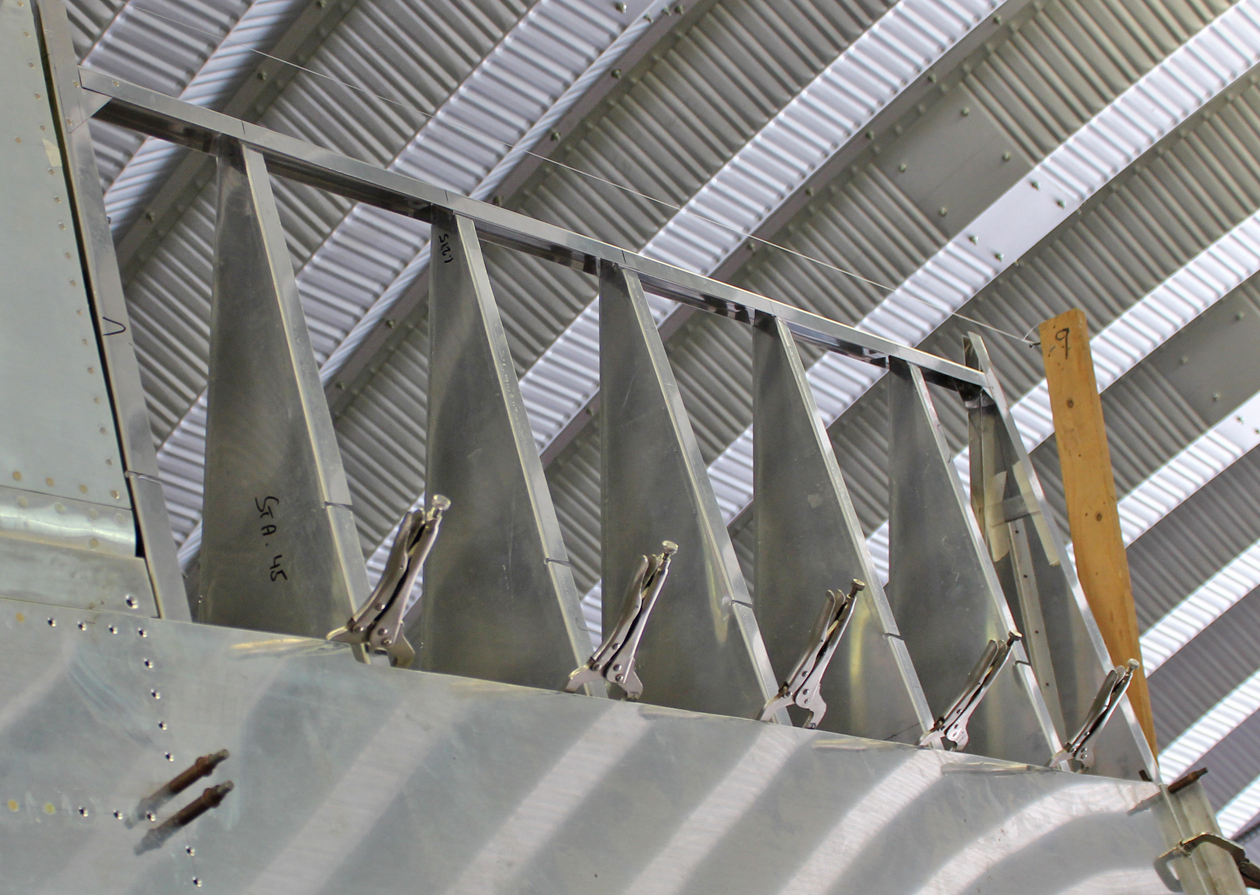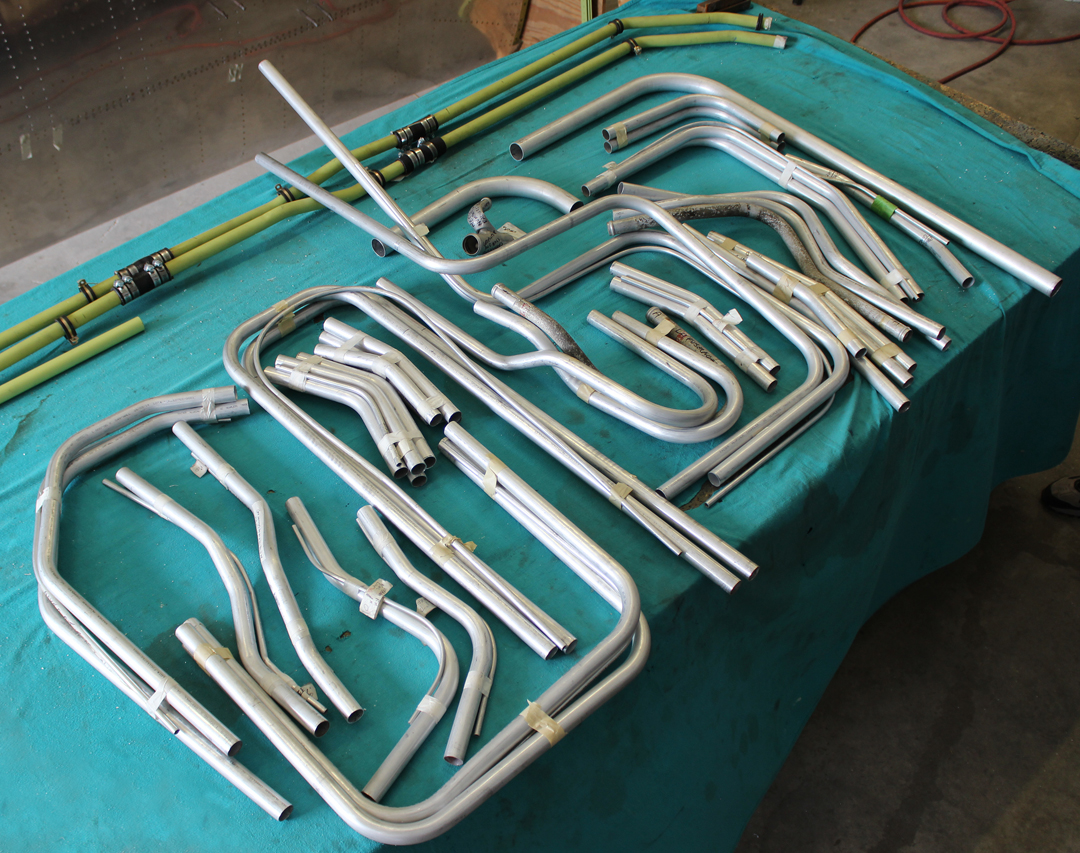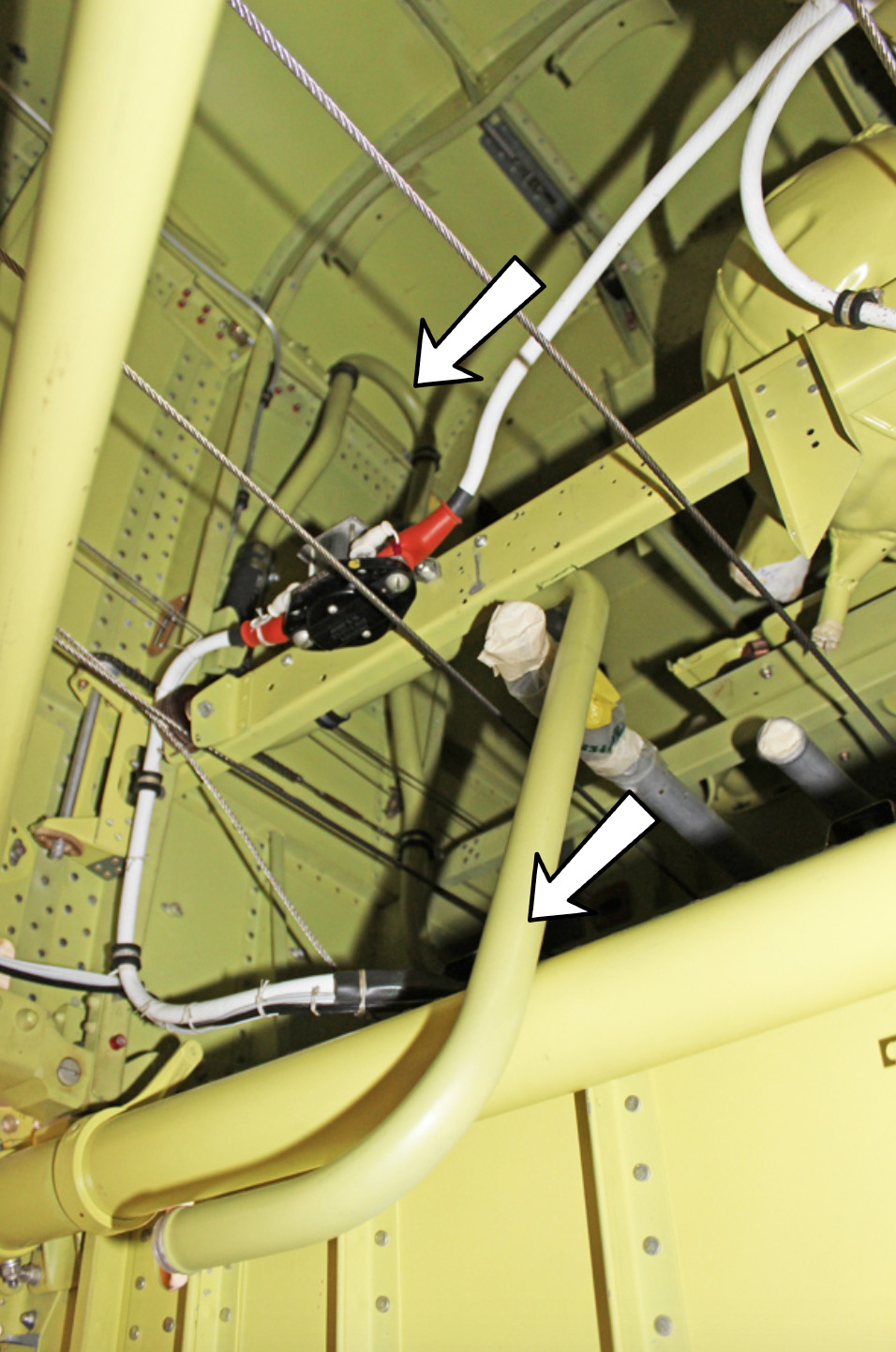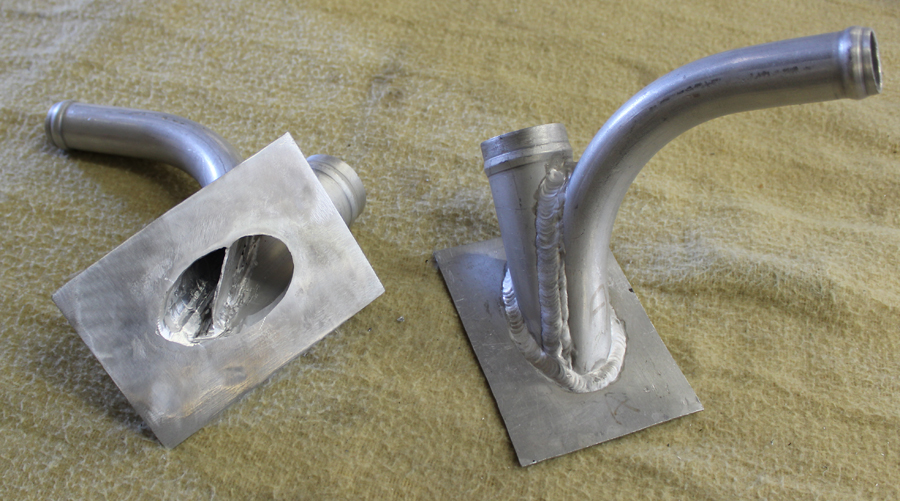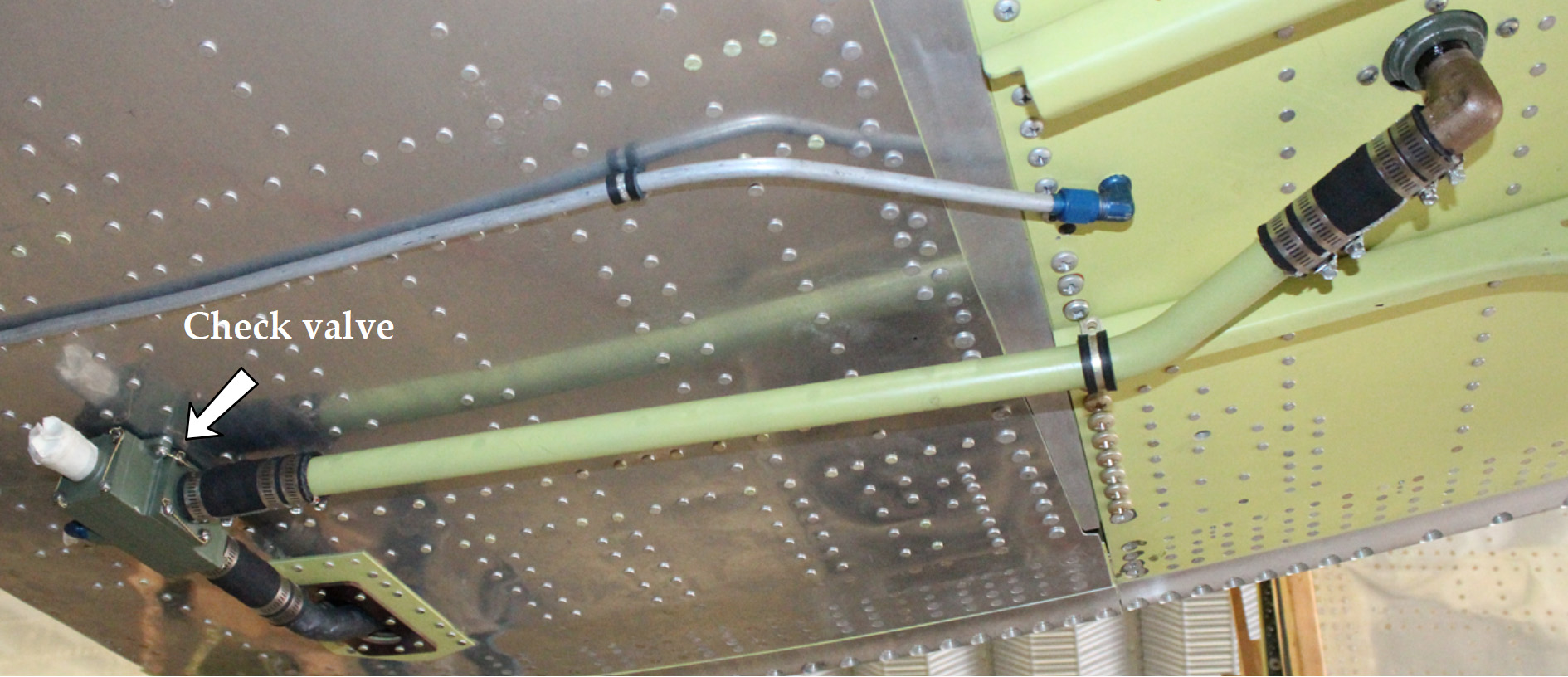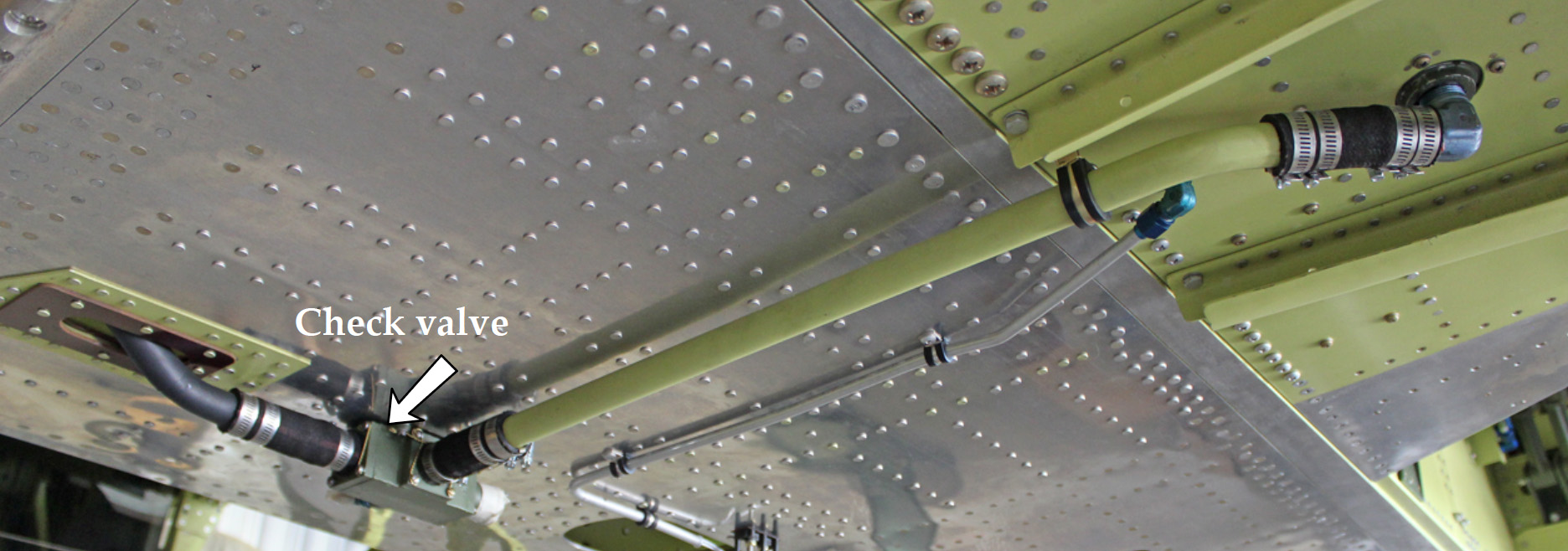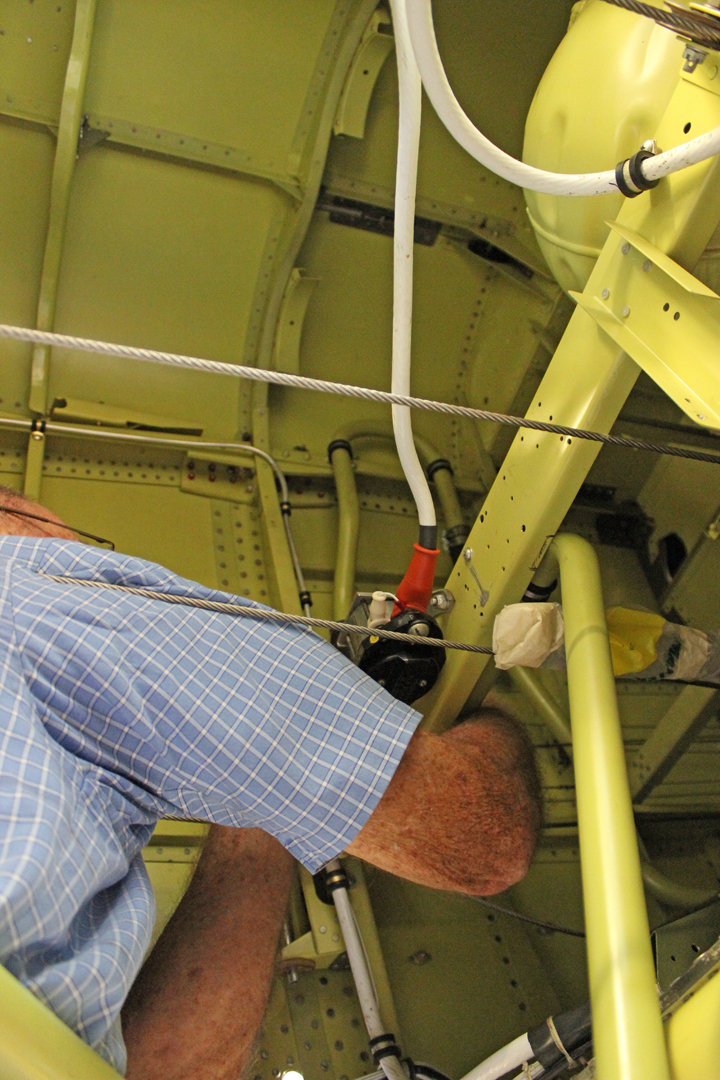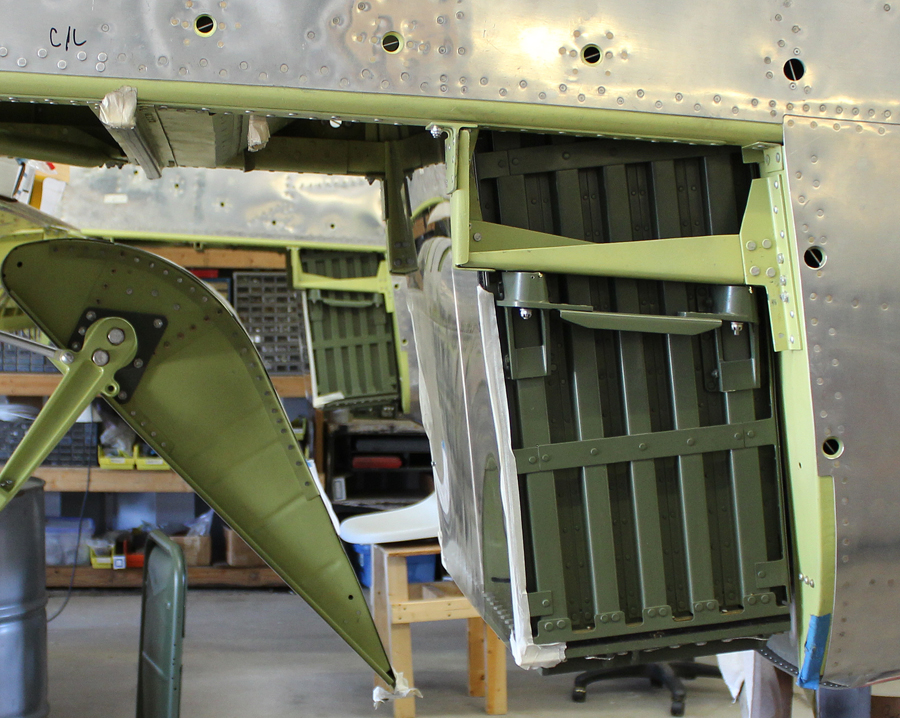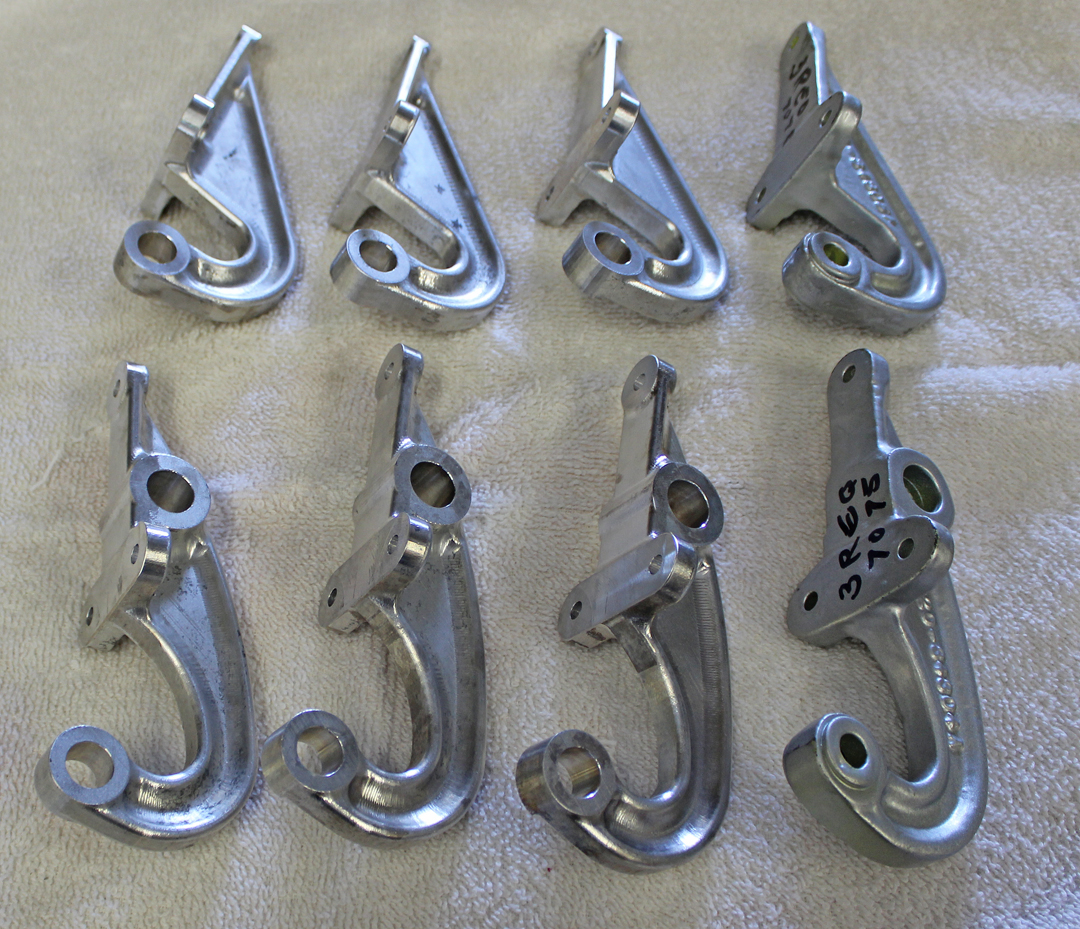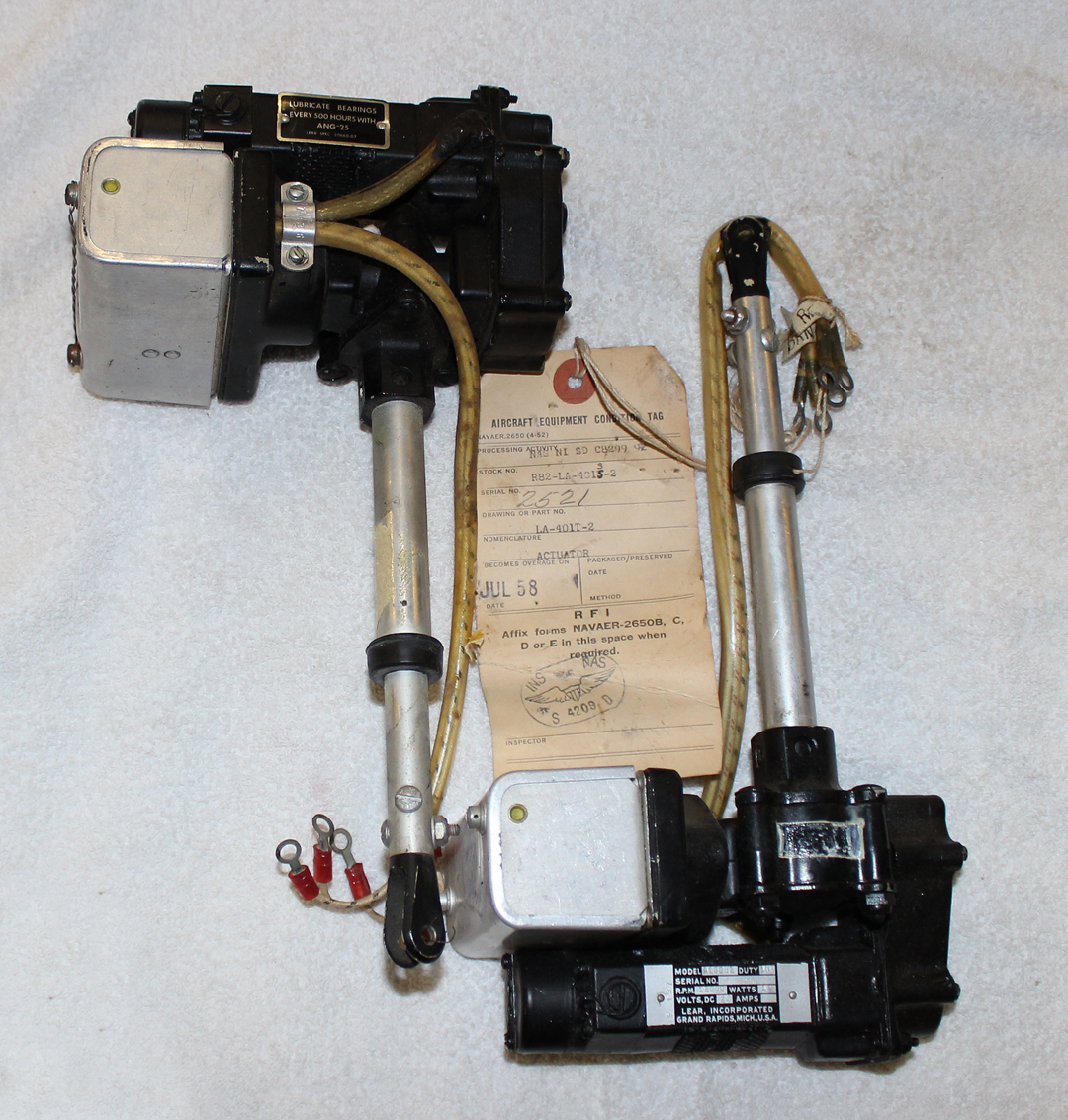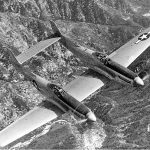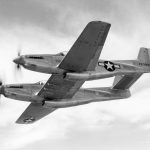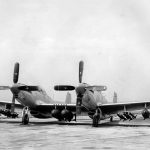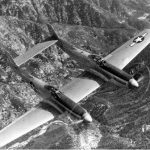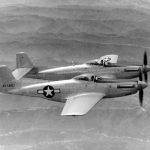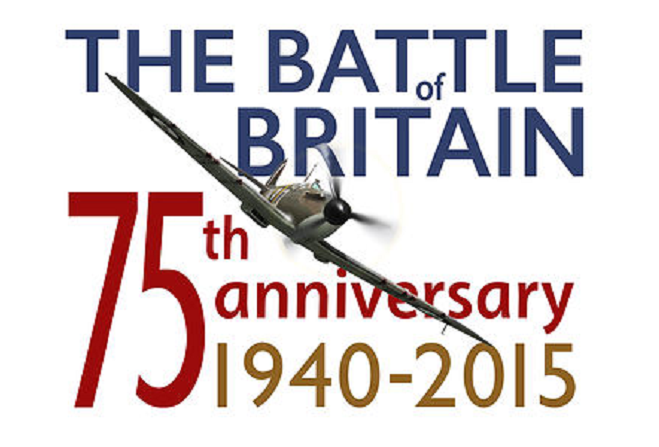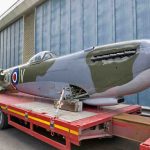WarbirdsNews has received the latest XP-82 Twin Mustang restoration update from Tom Reilly at his workshop in Douglas, Georgia. Here’s what they’ve been up to this month!
Minor Change of Priorities
Tom Reilly and his team were planning on finishing the cockpit wiring during July. However, after witnessing the rapid progress the wing sheet metal crew had made on both wings, Reilly chose to complete the fuel tank liners and vent tubes instead so as not to hold them up on completing the skinning for the aft bottom of both wings. These lower wing skins had had to be left off to allow access to install the tank liners and vent tubes. With those final parts now in place, the wing crew has now started on the lower skinning and flap bays.
Wing Trailing Edges
All wing trailing edges and aileron hinge points are now completed and permanently riveted to the structure.
Outboard Wing Flaps
The sheet metal crew has now started manufacturing both outboard flaps from scratch. Reilly had both original flaps from the Alaska wreck site, but not one piece on either flap was usable for anything other than a pattern sadly.
Fuselage Internal Fuel Vent Lines
The bending and installation of the many fuel vent lines in the areas behind the aft cockpit wall and forward of the radiator are now completed for each fuselage. Each of these fuselage fuel vent line assemblies has large vertical and horizontal loops designed into them to prevent accidental discharge (loss) of fuel during inverted flight maneuvers. Fitting and installing these tubes was a difficult and time consuming process, but both fuselages are now fully furnished.
Fuel Feed Lines
All of the special mandrel-formed fuel feed lines from the tanks to the center section check valves and continuing forward to the fuel shut-offs are now completed and installed.
Wiring
The crew is now finishing the last minute to-do July items and when finished, they will begin completing the final wiring hookups in the firewall/cockpit/instrument shelf areas in both cockpits. This will start sometime in mid-August.
Engine Installations
The special rubber engine Dynafocal mounts that are under manufacture for the project by an outside shop are nearing completion. When these are done, both engines will come out of their sealed cans and go on the airframe. This will happen by late August or September at the earliest.
Radiators
Both radiators are now permanently installed. The final fitting of the four radiator coolant tubes in each side must wait until the final small-to-do tasks in the bays forward of each radiator are completed. If these tubes were installed now, there would be no human access to either bay.
Carburetor mixture linear actuators (fuel mixture on/off)
These were the last two firewall-orward parts needed and were proving extremely difficult to find. Thankfully, Larry Kelley (owner of B-25J Panchito), found two New Old Stock examples and generously contributed them to the XP-82 project.
Many thanks again to Tom Reilly for the update! You can learn more about the project on their blog HERE. Please be sure to check back with WarbirdsNews in August for the next installation following the XP-82′s road to recovery!









